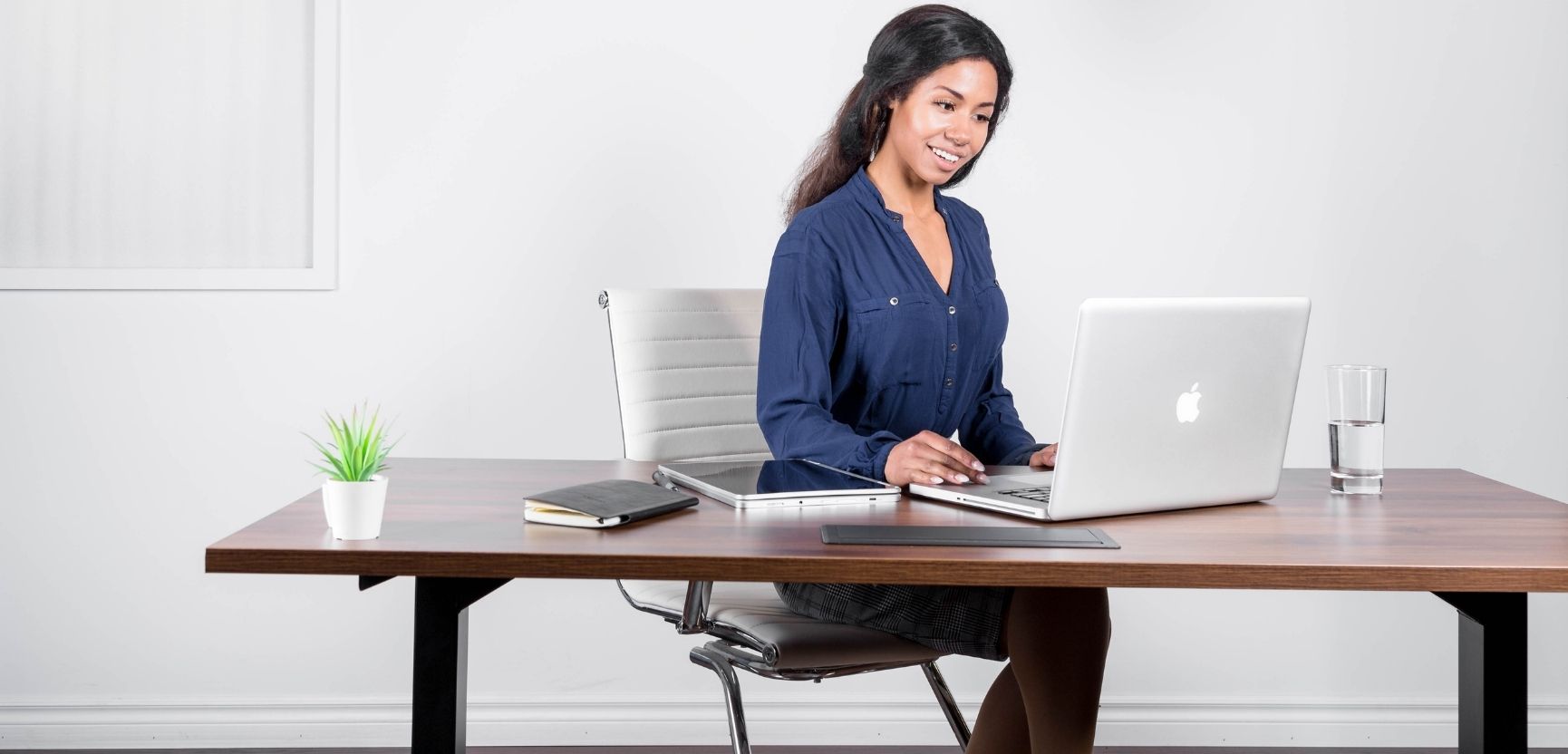Many business workers know how tiring a long team meeting can be. A lot of time and energy is spent solving issues and discussing project affairs. Many managers try to diversify such meetings by preparing in advance, establishing the rules and order of communication, making presentations and more to improve the general ethos of meetings, however, they continue to be part of a dull routine.
But this trend seems to be changing. Over the past few years, companies have started to adopt a radically new and simple method of holding business meetings – a stand-up meeting. Some of us are familiar with a stand-up meeting and in this blog, we will help you better understand the idea of a standing meeting and how you can implement the same with your team.
What is a Stand-up Meeting

A standing meeting is a method that has been actively implemented in recent years. This is due to the constant search for ways to increase business productivity. According to the Washington University research, employees are more creative, open to new ideas and are less aggressive while standing during a meeting as compared to sitting down.
For employees who spend all their time working at a desk, stand-ups or a standing meeting make them more productive, energetic and helps finish the task faster than done while sitting.
Stand Up Meeting Format
There is no special difference between a standard meeting and a standing one. Everything is usual here: employees gather in a meeting room, discuss and distribute tasks, put forward proposals, and look for solutions to problems. The only difference is the former is done when seated while the latter is conducted using a standing desk or a stand-up table.
For a stand-up meeting, if the team size is between 10-15 you may want to use a conference stand up desk or a height-adjustable desk. For a smaller team of 5-8 employees, you may use a standing desk. You can find a few desk options available here.
Effective Standup Meetings
An interesting study was conducted in 2017. Scientists wanted to discover who makes decisions faster: participants of a sitting or a standing meeting. Although both types of meetings were limited to 15 minutes, the results were surprising. Those participants who stood during the meeting made decisions 34% faster. It is important to emphasize that although the speed was different, the quality of answers and decisions were the same for both groups.
The discomfort of standing improves your response time and the ability for decision making.
It must be noted that it may take a few days for everyone to get used to a stand-up meeting. At first, your team may experience a little discomfort and restlessness, but within a few days, they will realize its effectiveness.
Stand Up Meetings Rules

Any meeting has its own rules. These, of course, are determined individually by each leader. However, there are some standard processes for stand up management:
1. Notify your team
Before the meeting, it is worth warning the participants that they would have to stand. It is better to remind them of this several times before the meeting.
2. Prepare explanations
To dispel the doubts team members might have, the leader should share the benefits of standing meetings. Each participant must have a clear understanding of the advantages beforehand.
3. Conduct arrangements
A meeting room should be prepared for a standing meeting: chairs removed, flipchart or any other kind of whiteboard with which you can share ideas placed.
4. Choose the main problems to focus on
Before such a meeting, it is better for the leader to analyze the list of the most important tasks. If possible, deflect the non-priority tasks so as not to delay the meeting.
During a standing meeting, all participants will be at the same level, so the personal comfort zone is neutralized and the participants begin to actively collaborate with each other.
Stand Up Meeting Table

Today, there are several interesting desk choices available online or in-store, including some unusual conference tables. Electrically driven adjustable desks are increasing in popularity. With such a table, you can transform the top so that you can work while standing. This helps the meeting participants to write something in a notebook, work with a laptop or just lean on if tired.
Some companies set up tables similar to bar counters. This is another approach for a quirky-modern office. In fact, it also believed that staff members feel more open during Agile standup, as the table is associated with relaxation and pleasant experiences.
Executives of modern success-oriented companies, regardless of activity type and size, are constantly trying new methods of doing business. They change the approach to office work, conduct corporate events to strengthen relations and try new types of working meetings. Many recognize that stand-up time has advantages to employee well-being. This approach may not immediately please the team but over time, everyone will recognize that it is much more convenient and faster.



